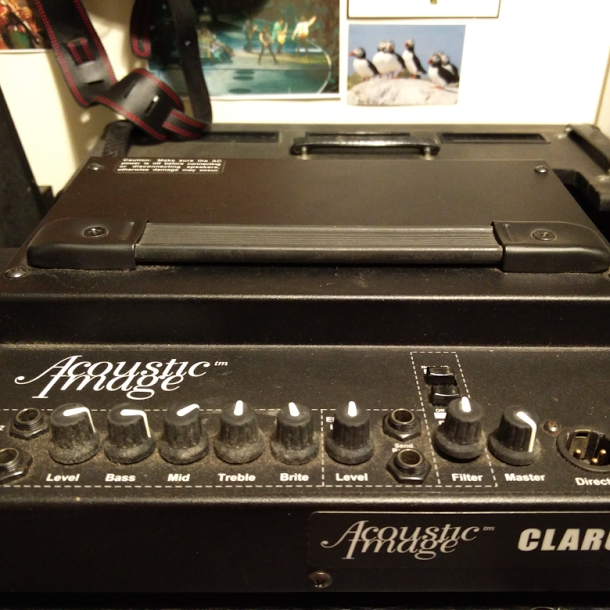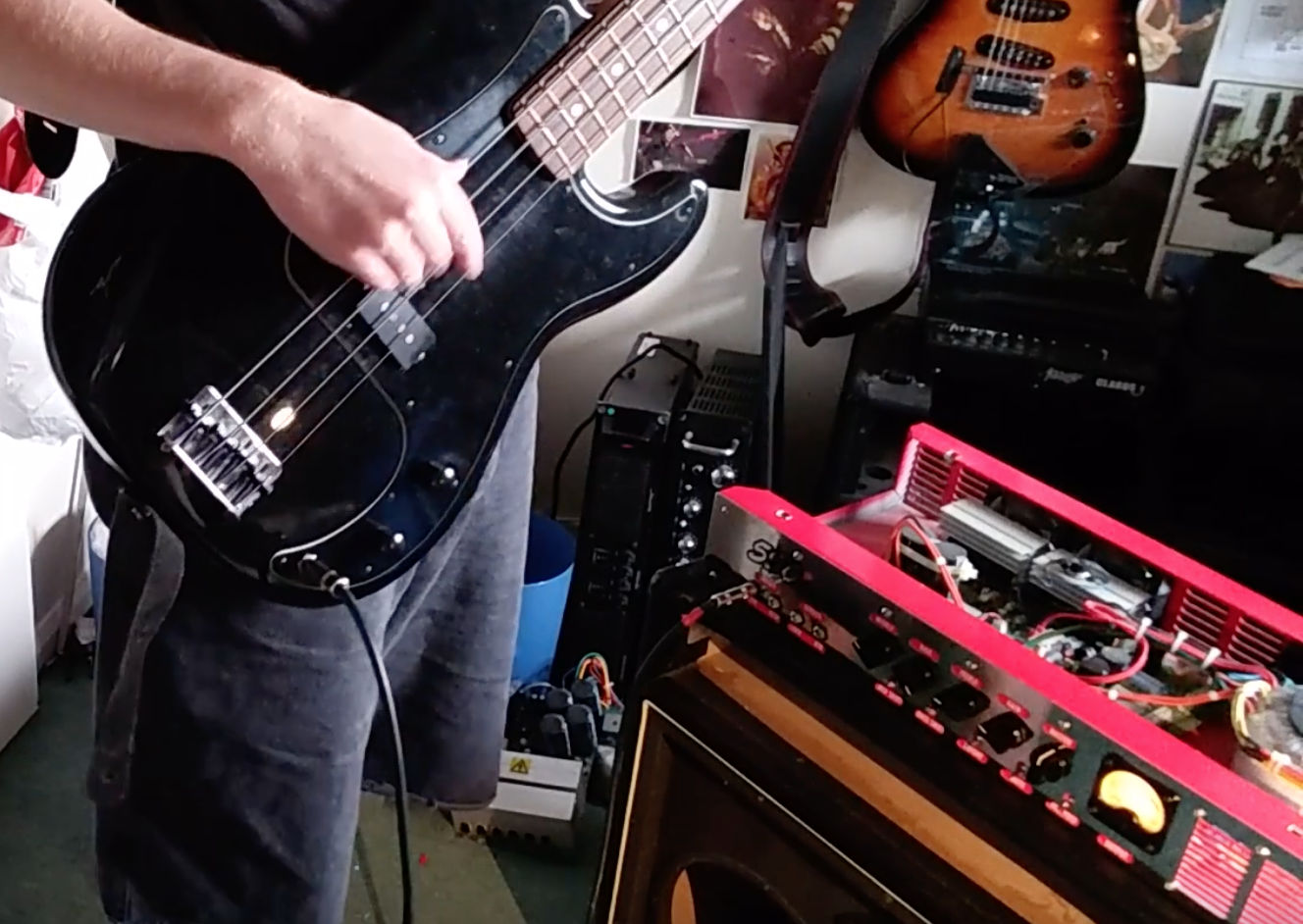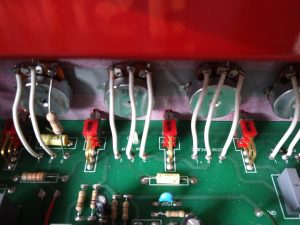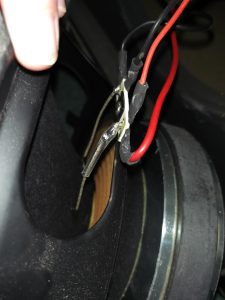It’s always interesting to get something in that’s a bit different – this was my first Acoustic Image repair. The amp is a Clarus 1, now discontinued. It’s a great bass amp in a very compact and lightweight form, made possible by the use of a Class D power stage.
I’m a big fan of class D amplifiers such as this Acoustic Image – in my ‘other’ job I’ve designed quite a few for a leading audio equipment manufacturer. They’re lightweight, efficient, sound great and they’re quite easy to repair, but they do take some careful designing.
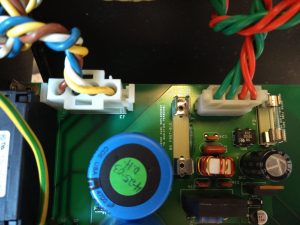
This particular amp had blown a FET and a gate resistor in the output. The FET turned out to be obsolete upon investigation, so I have to thank Laurence of Acoustic Image UK and Rick Jones, Acoustic Image owner, for helping me to identify their approved alternative part. The choice of Class D FETs has to be carefully made to fit the design otherwise they will not operate reliably. This is demonstrated in the image below. The waveform should have very little ringing, and very little curve on the waveform top.
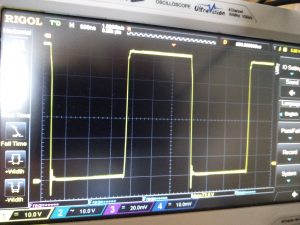
I noticed that the reservoir capacitors were bulging slightly – possibly a sign of age or linked to the output failure. I suspected that these caps were the cause of a quiet crackling noise observed when I’d fixed the output so I replaced these with high quality parts. This fixed the crackling noise.
The Nottingham based owner was happy with the repair and kindly left me a review:
If you have an acoustic image repair, please get in touch.

